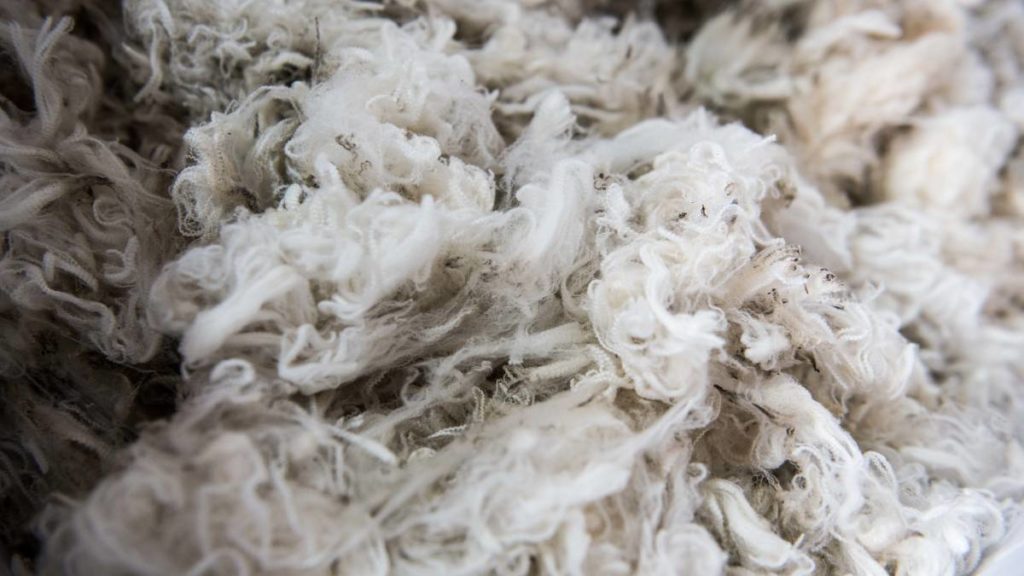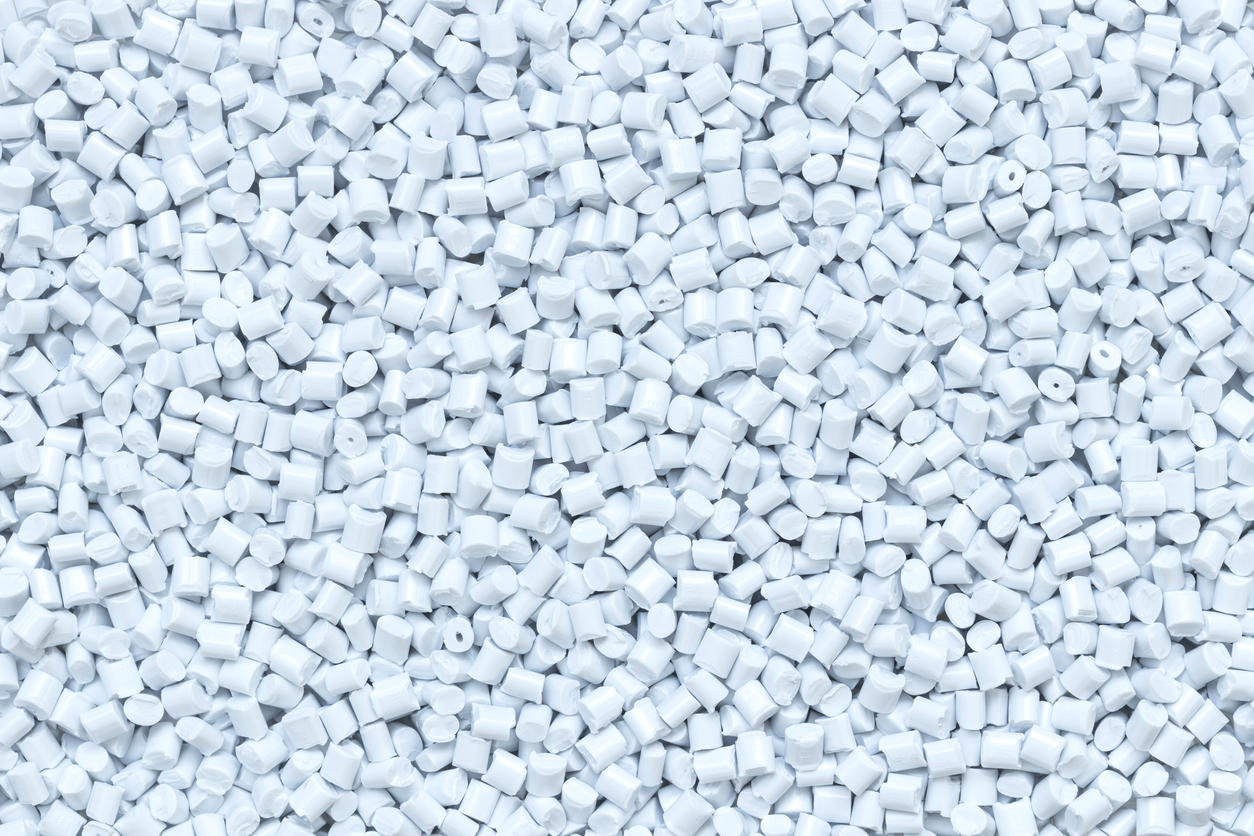A Comprehensive Guide to Buying and Exporting Wool from South Africa
A Comprehensive Guide to Buying and Exporting Wool from South Africa
Wool production is one of South Africa’s oldest and most established industries, with a history dating back almost 300 years. The country is home to the world’s largest sheep population, with a combination of arable land, semi-arid areas and extensive grazing reserves. This rich natural resource has made it possible for South Africa to become one of the world’s leading suppliers of raw wool. With a focus on high-quality raw materials and enhanced production processes, the wool industry in South Africa has seen significant growth over the past few years. By providing buyers with everything they need to know about purchasing and exporting wool from South Africa, this guide aims to help you navigate through the process as smoothly as possible.
What You Need to Know About Wool in South Africa
Wool is a naturally occurring fiber that is associated with a variety of uses. Its most common applications include fabrics, textiles and garments, but it is also used in carpets, furniture, bedding, and many other products. In South Africa, the wool industry is primarily focused on the production of cashmere, wool and mohair. While all three are very important in the country, cashmere is the most valuable. Because wool is a natural fiber made from the sheep’s fleece, it is susceptible to a variety of issues. For example, low temperatures can cause it to become brittle and break, while heavy rainfall can shrink the fibers and lead to pilling.
Purchasing Process for Exporting Wool from SA
If you’re interested in purchasing wool from South Africa, you first need to identify the type of wool you want. Because most types are made from different sheep breeds, you should find out which breeds are native to your region. Next, you need to find a reliable supplier that deals with the type of wool you’re interested in. As the pricing and quality of wool can vary, you should obtain samples and request for quotations before you make any decisions or sign a contract. Once you’ve found the right supplier, you should aim to come to an agreement on pricing, payment terms and delivery dates. Make sure to review the supplier’s relevant documentation, as this will tell you everything you need to know about exporting wool from South Africa. Because wool can be very delicate if not handled correctly, you should make sure that the supplier has a good reputation and provides excellent documentation. This will make the whole process much easier, especially if you’re looking to export wool from South Africa.
Why Export Wool from South Africa?
As one of the biggest suppliers of raw wool in the world, South Africa has a lot to offer potential buyers. The country’s wide variety of natural resources and favorable climate conditions make it possible for producers to maintain high levels of quality, even during seasonal fluctuations. Even though the wool sector has seen significant growth in recent years, South African producers still have enough wool to meet domestic demand. However, due to the country’s long history in the industry and strong trading relationships, exporting wool from South Africa has become a vital part of the local economy. Because South Africa is one of the world’s leading suppliers of high-quality raw materials, exporting wool from the country can be a great option for buyers who want to source high-quality wool at a competitive price.
Finding the Right Supplier
A crucial step to exporting wool from South Africa is finding the right supplier. You should aim to work with a reliable company that has a strong reputation in the industry. This can be achieved by performing thorough research and contacting a number of potential suppliers. When contacting potential suppliers, you should ask them about: – The type of wool they produce – The types of products they sell – The minimum order quantities they accept – The estimated price of their products – The payment terms they offer – The shipment and delivery dates they offer – Their documentation – Their reputation By conducting thorough research and contacting the right suppliers, you can significantly increase your chances of exporting wool from South Africa successfully.
Shipment and Storage of Wool
Shipping and storing wool properly is crucial if you want it to reach its destination without any damage. In order to export wool from South Africa safely, you should make sure that the fibers are clean, dense, and free of any debris. Depending on the type of wool you’re exporting, you should use different packing methods. For example, woolen products such as blankets and sweaters should be packed in a roll, while the finer types, such as cashmere, must be packed in a ball. While storing wool is relatively straightforward, you must make sure that it is kept away from moisture, sunlight, and extreme temperatures. If you’re storing your wool indoors, you should make sure that it is placed in a clean, dry environment. If you’re storing wool outdoors, you should make sure that it is placed in a shaded area, where it will be protected from the elements.
FAQ
What is the difference between wool and cashmere? Though both wool and cashmere are produced from sheep’s fleece, they differ in their production processes. Wool is produced from sheep that are shorn, whereas cashmere is obtained from a special breed of sheep that is allowed to grow its fleece naturally. What is the difference between merino wool and sheep’s wool? Merino wool is a type of sheep’s wool, but it is also one of the most popular varieties in the world. This type of wool is produced by merino sheep, which are known for their high-quality fiber. What is the difference between combed wool and carded wool? Combed wool is wool that has been processed by hand, while carded wool has been processed using machines. The difference between these two types is the degree of fineness, with combed wool being finer than carded wool. ^ ^ ^ ^ ^ ^ ^ ^ ^ ^ ^ ^ ^ ^ ^ ^ ^ ^ ^ ^ ^ ^ ^ ^ ^ ^ ^ ^ ^ ^ ^ ^ ^ ^ ^ ^ ^ ^ ^ ^ ^ ^ ^ ^ ^ ^ ^ ^ ^ ^ ^ ^ ^ ^ ^ ^ ^ ^ ^ ^ ^ ^
Conclusion
Wool is one of the most widely used natural fibers in the world. It is highly desirable for a wide variety of products, ranging from clothing to carpets. Because processing wool can be challenging, many people choose to purchase ready-made products that are made from the fiber. If you wish to go a step further and export wool from South Africa, you must be aware of the many challenges this poses. With the right information, however, you can successfully export wool. This guide has everything you need to know about purchasing and exporting wool from South Africa.








LEAVE A COMMENT
You must be logged in to post a comment.